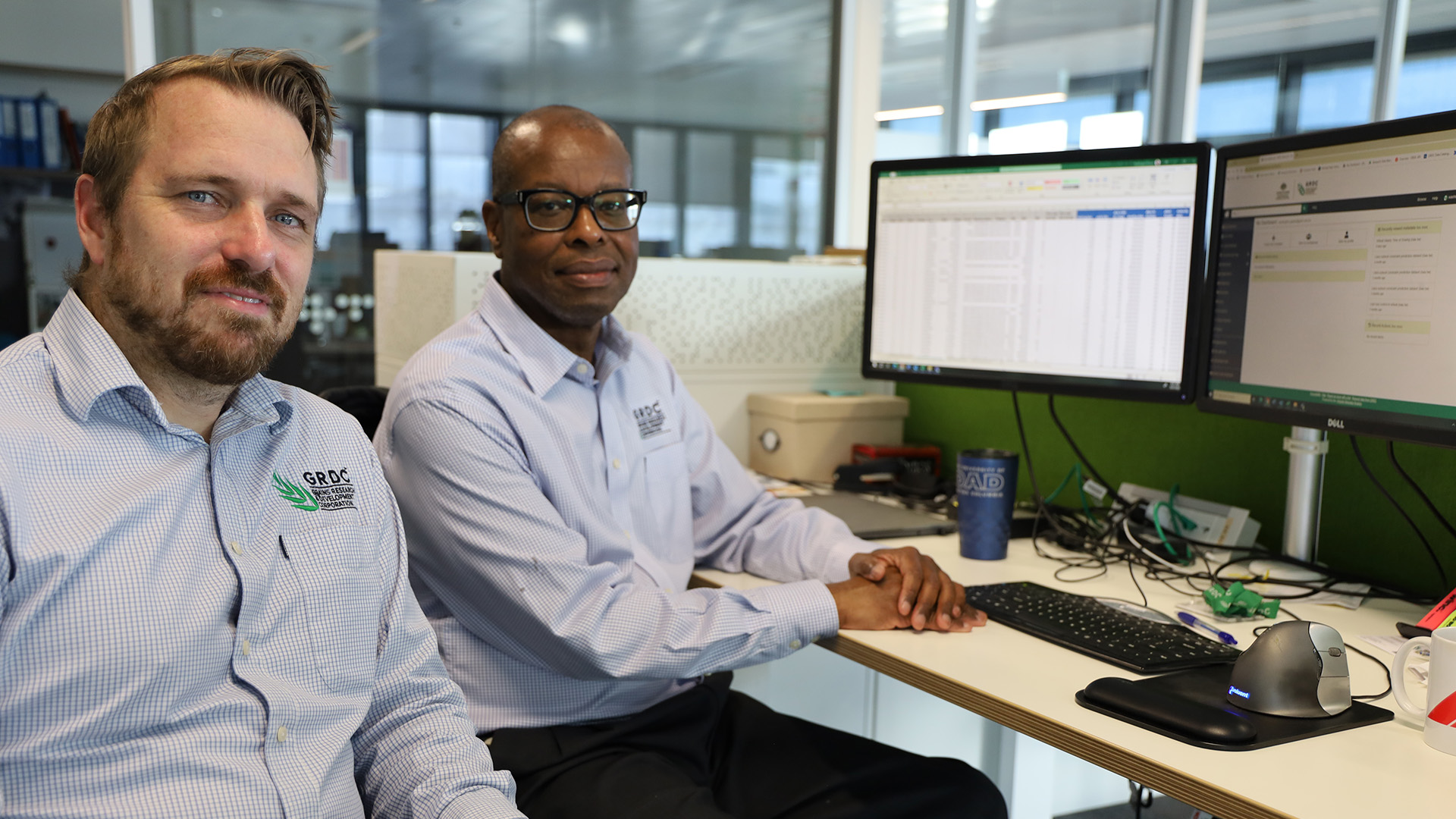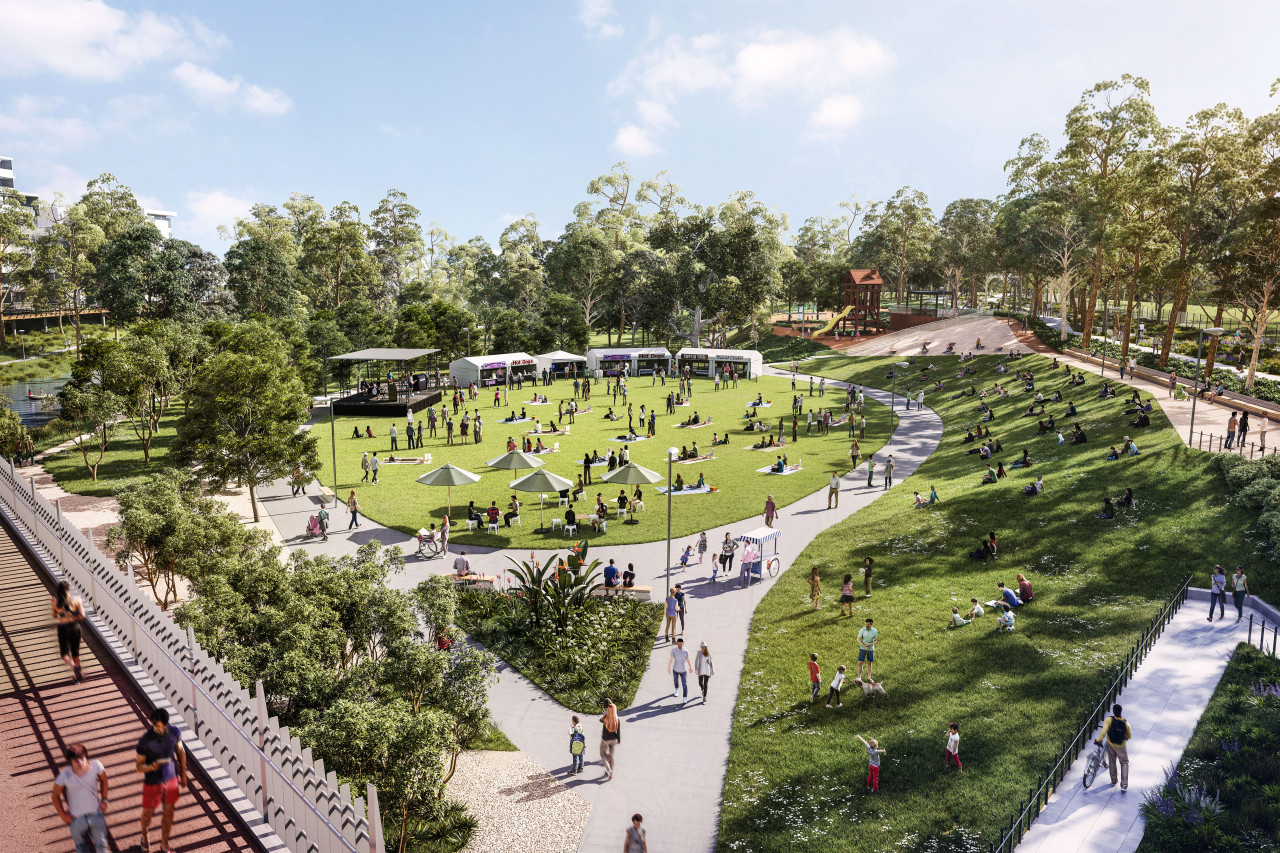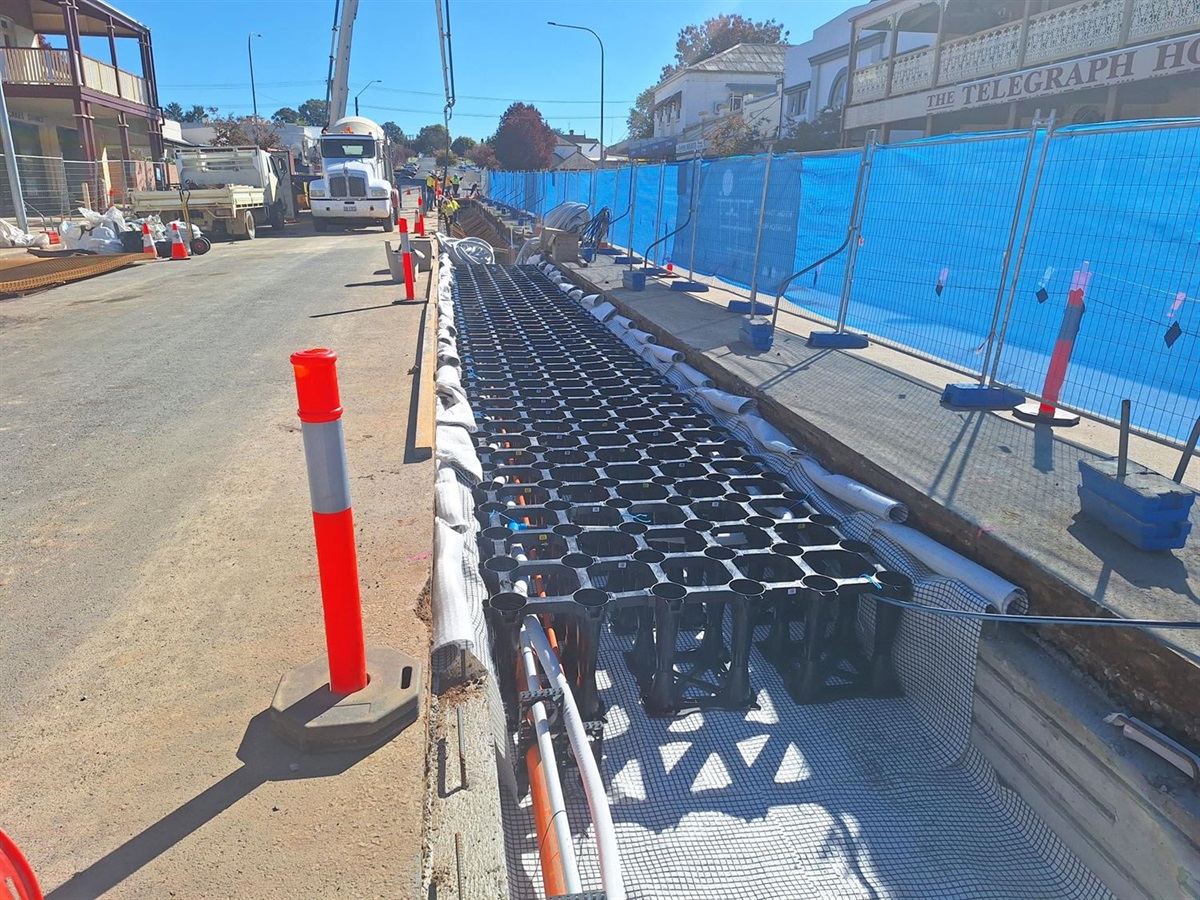The Digital Transformation Agency (DTA) is replacing the Digital Marketplace in 2024 and improving the way that government buys digital and ICT services. This blog series is your behind-the-scenes insight as it progresses, to understand where the project is heading and why.
If you haven’t already read it, you can go back to the beginning to read about this project and why we are doing it.
In this installment of the blog series, we are focusing on what is happening in other panel arrangements. Speaking to our Commonwealth, state, territory, and international counterparts, we set out to understand what they were doing to innovate their own approaches to procurement.
Over 16 weeks, we interviewed panel managers across government and analysed over 1400 data points around panel structures, processes, and performance measures. This gave us valuable insight into lessons they have learnt, which will inform our approach to designing a new marketplace for ICT services and labour hire.
Why we did it
“With over $13 billion in contracts, the Digital Marketplace currently holds 63% of the spend for ICT services and labour under Federal Government panels,” said Anthony Conway, Director – Digital Sourcing Branch at the DTA.
“While we reflect on the success of this marketplace, we remain committed to continual improvement. There are still things we can learn from peers to keep evolving our offering to ensure that the next marketplace delivers the best possible experience for our users.”
“As the Government increasingly focuses on improving the efficiency, value and integrity of procurement processes, we need to find new ways to use data and commercial structures to guide behaviours and get better outcomes for Australia’s digital and ICT investments.”
What we found
By the end of this research sprint, it was clear that there was general support for centralising the procurement of digital and ICT services and labour hire. But for it to be successful, the new marketplace would need to address key themes around:
- Transparency – to drive use of the new marketplace, users would like to see greater transparency over the whole life of a procurement. Buyers want transparency over price to be confident that they are getting value-for-money candidates and solutions. Sellers want greater transparency over decisions and the outcomes of procurement processes. But while everyone wants more data, they also want us to keep it simple and usable.
- Legal framework – centralising procurement needs to be enabled by a legal framework that minimises renegotiation of standard terms, while allowing buyers to include additional terms to address specific requirements or different policies across jurisdictions.
- Margin and rates – many other panels had locked-in margins or rates, which benefits both buyers but also labour hire candidates, who are not always seeing rates increases passed on to them. This area requires further exploration because set margins could risk higher rates overall, while fixing a rate could remove some incentive to submit quality candidates.
- Panel structures – in addition to pricing and the legal framework, the research found that there could be benefit in maintaining the ‘Always Open’ approach for panel applications, but that it might not be necessary to make the marketplace mandatory.
- Processes and platforms – we found that other panels have quite manual processes and are not supported by platforms to streamline the procurement process for buyers and sellers. This reinforced the role of an online buying portal and the work needed to facilitate its use for some other agencies with specific requirements.
- Evaluation and Seller Selection – buyers want to better understand how the DTA has evaluated marketplace sellers to be confident that they are value-for-money. We also need to explore how we can help buyers find the right sellers in a crowded market, including small-to-medium enterprise and Indigenous businesses.
- Vendor management solution – many panels use vendor management or/and managed service provider solutions to make panel management and seller qualification more efficient. However, there needs to be work done to do the cost-benefit analysis and managing conflicts of interest.
How we’ll use it
The final features of the new marketplace won’t be locked in until all the research phases are complete, but these findings will help inform the design of a new marketplace that people seek out because of the positive user experience.
We will be able to achieve this by designing a new marketplace that delivers:
- greater transparency integrated into all parts of the procurement process.
- confidence in the marketplace’s value-for-money offerings.
- flexible contracting options that streamline process and minimise the need for negotiation.
- an easier way to find the right sellers and solutions that the buyers need.
“Delivering this would be a great win for collaboration across government – sharing ideas and experiences to drive reform of ICT and digital procurements and achieve better outcomes for everyone involved,” said Mr Conway.
“When we are talking about billions of dollars in government ICT contracts, these are key measures that guide market behaviour and deliver important objectives for the Government.”
Stay with us
Keep an eye out for our next blog on how to classify ICT labour hire roles in the new marketplace.








